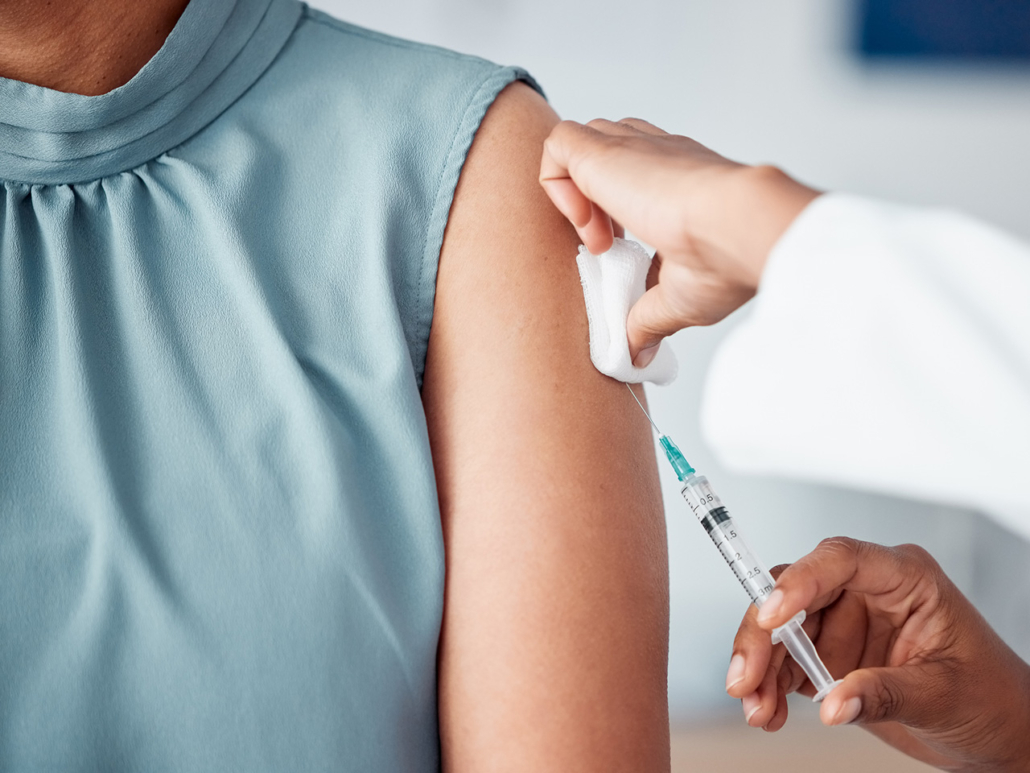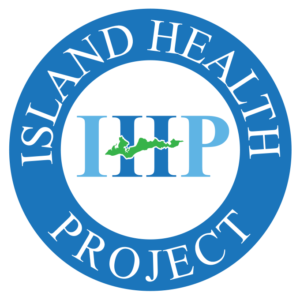by Carol Blondel
The common wisdom today is that sunscreen is essential to protect ourselves and our family’s safety. Well, the recent findings about certain chemicals found in sunscreen may leave one with the same worries about cancer that sunscreen is meant to alleviate.
The U.S. Food and Drug Administration (FDA) regulates sunscreen to be sure they are safe and effective. They approve sunscreens containing physical or chemical blockers or a mix of two.
Physical or mineral sunscreen ingredients
There are only two active ingredients generally recognized as safe and effective (GRASE) by the FDA:
- zinc oxide
- titanium dioxide
In the administration’s most recent proposal on sunscreen regulations, issued in September 2021, the FDA deemed aminobenzoic acid and trolamine salicylate not GRASE due to bleeding, allergy, and toxicity risks. Fortunately, these two ingredients are “no longer commonly used in U.S. sunscreens” according to the Environmental Working Group (EWG). They are not outright banned either.
Chemical sunscreen ingredients
The FDA judged that there is not currently enough data to support the safety or harmfulness of twelve other common chemical sunscreen ingredients. Since these ingredients have not been proven hazardous, they are not banned from shelves. The FDA has not asked people to stop using sunscreen with these ingredients but they and many other organizations express potentially major concerns about them—especially Oxybenzone. The European Commission limited the amount of oxybenzone allowed in products sold in the EU to lower concentrations than the FDA allows. The EWG suggests that the public stop using sunscreens containing oxybenzone due to data that indicates it causes disruption to hormones.
CAUTION!!! The FDA requested more testing on these ingredients based on the fact that a large amount of existing data has suggested that the transdermal absorption of some sunscreen active ingredients is risky and unevaluated safety concerns, including the potential for reproductive, developmental, or carcinogenic effects. Until there is more conclusive data on these ingredients, opting for a mineral sunscreen that is deemed safe by the FDA and other authorities is the prudent choice or is the choice that errs on the side of caution.
- Oxybenzone
- Avobenzone
- Sulisobenzone
- Cinoxate
- Dioxybenzone
- Ensulizole
- Homosalate
- Meradimate
- Octinoxate
- Octisalate
- Octocrylene
- Padimate O
Aerosols
Many prefer spray sunscreen for its convenience. In 2021, Harvard and Yale trained scientists at Valisure found the known carcinogen benzene “in several brands and batches of sunscreen” they tested. Benzene is not purposefully added to any cosmetics or drugs. It’s thought that benzene found in sunscreen is the result of the other ingredients used in sprays inadvertently mixing to form the chemical. Since benzene was found in higher concentrations in spray sunscreens than the lotion-based varieties, it is safer to use lotions until the contamination is sorted out. Although there have been many voluntary recalls of products found to contain benzene, it is unclear whether the production practices that caused the contamination have been remedied or that sufficient testing procedures have been adopted. The judgment ultimately falls to consumers on whether they want to take the risk of possible exposure to benzene due to aerosols. Overall, a lotion mineral sunscreen is the safest option.
Risks vs Benefits
Almost every report on the subject of sunscreen includes a clear urging that despite emerging concerns about some chemicals in sunscreens, people should still use sunscreen. The skin cancer foundation advises choosing a broad spectrum which protects your skin from both UVA and UVB rays. The EWG has an incredibly detailed guide to what they consider the safest sunscreens on the market here.
Expiration
Lastly, FDA regulations require all sunscreens and other nonprescription drugs to have an expiration date unless stability testing conducted by the manufacturer has shown that the product will remain stable for at least three years. That means, a sunscreen product that doesn’t have an expiration date should be considered expired three years after purchase.
References
American Academy of Dermatology Association. (2022, April 18). Is sunscreen safe?
https://www.aad.org/public/everyday-care/sun-protection/shade-clothing-sunscreen/is-sunscreen-safe
Cleveland Clinic. (2022, September 26). Benzene found in sunscreen: Here’s what you need to know. Health Essentials.
https://health.clevelandclinic.org/benzene-in-sunscreen/
Cleveland Clinic. (2022, July 26). How to pick the best sunscreen, according to a dermatologist. Health Essentials.
https://health.clevelandclinic.org/how-to-choose-the-best-sunscreen-for-your-skin/
The Environmental Working Group. (2023). EWG’s 17th annual guide to sunscreen.
https://www.ewg.org/sunscreen/report/executive-summary/
The Environmental Working Group. (2023). The trouble with sunscreen chemicals.
https://www.ewg.org/sunscreen/report/the-trouble-with-sunscreen-chemicals/
U.S. Food and Drug Administration. (2021, September 24). Amending over-the-counter (OTC) monograph M020: Sunscreen drug products for OTC human use.
https://dps-admin.fda.gov/omuf/omuf/sites/omuf/files/primary-documents/2022-09/Proposed%20Administrative%20Order%20OTC000008_Amending%20M020_Sunscreen_Signed24Sept2021.pdf
U.S. Food and Drug Administration. (2023, May 24). Sunscreen: How to help protect your skin from the sun.
https://www.fda.gov/drugs/understanding-over-counter-medicines/sunscreen-how-helpprotect-your-skin-sun
Valisure. (2021, May 25). Valisure detects benzene in sunscreen.
https://www.valisure.com/valisure-newsroom/valisure-detects-benzene-in-sunscreen






